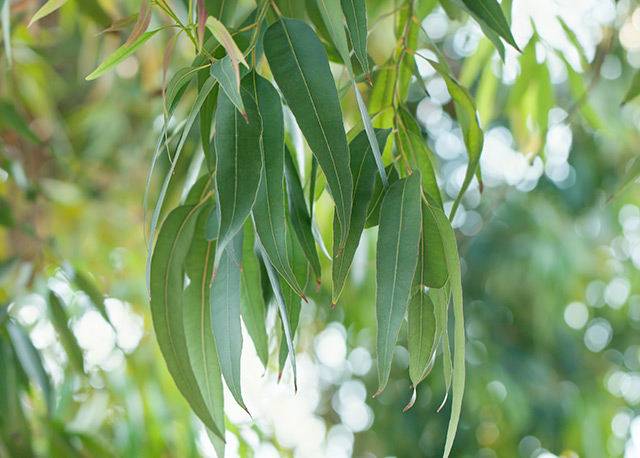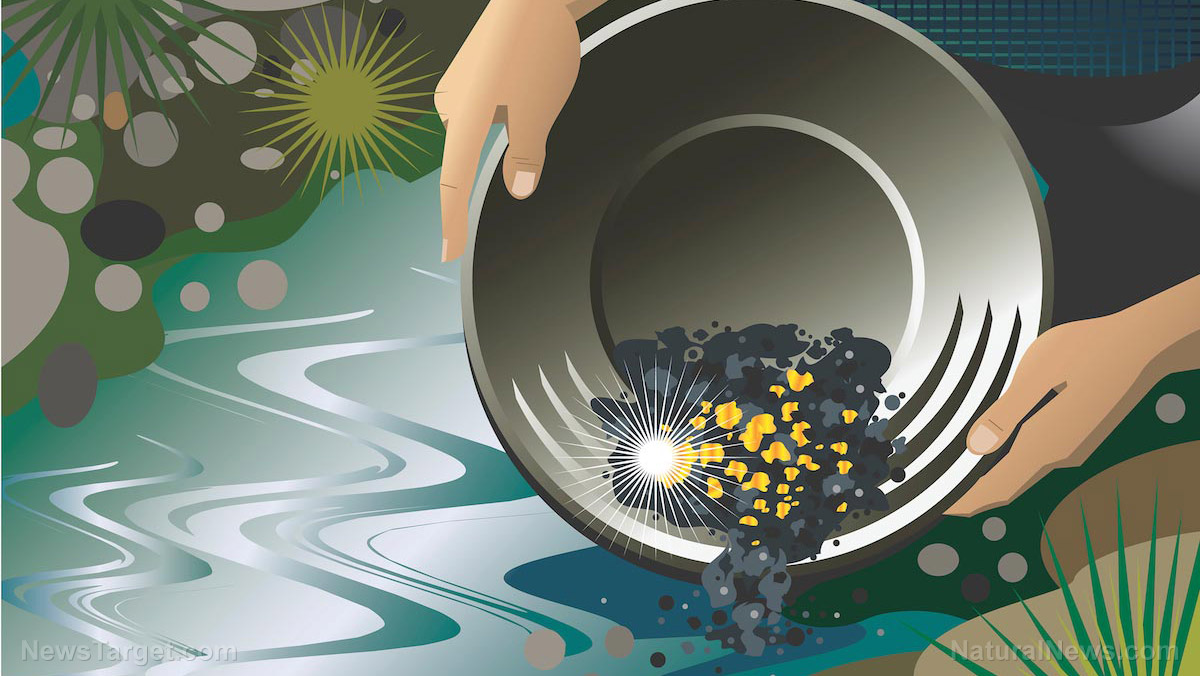
This remarkable discovery was uncovered by a team of researchers led by scientists from Western Sydney University. According to the team, Parramatta Red Gums (Eucalyptus parramattensis) are capable of a process known as transpiration. When exposed to extreme heat, the trees move considerable amounts of water to their leaves which then evaporates, thereby protecting the leaves from sustaining damage due to the heat.
Coming to this revelation involved the use of Western Sydney University’s Whole Tree Chambers: Towering compartments that can accommodate trees that grow to a height of nine meters, or 29.5 feet. Trees contained in the Whole Tree Chambers are completely shut off from the outside world and are instead raised in meticulously controlled environments. Scientists are able to modify factors such as humidity, soil moisture, and carbon dioxide levels.
For over a year, six Parramatta Red Gums were raised in Whole Tree Chambers at a temperature of three degrees Celsius higher than average; six more were cultivated under ambient air conditions. Once the trees were six meters or 19.6 feet tall, the researchers stopped irrigation for one month before putting the trees through a four-day heatwave of up to 44 degrees Celsius.
The heatwave caused photosynthesis to come to a stop, but transpiration continued, allowing the trees to remain cool all throughout. In addition to transpiration, the Parramatta Red Gums utilized other surprising coping mechanisms. According to NewAtlas.com, the trees appeared to obtain water from soil depths of more than 1.5 meters to maintain transpiration. They also quickly boosted the high-heat tolerance of their leaves to avert burning.
Both groups of trees demonstrated the usage of all these responses, suggesting that warmer temperatures have no influence on heatwave tolerance.
"We were surprised how well these eucalyptus acclimated to the heatwaves and maintained their function," said John E. Drake, an ecologist affiliated with the State University of New York – College of Environmental Science and Forestry.
Drake stated that the Parramatta Red Gums’ efficacy at transpiration is thanks to its potent water absorption capabilities. Because of this, however, droughts that occur at the same time as heatwaves may be problematic for the trees.
Drake explained: "This indicates that eucalyptus can tolerate elevated temperatures and significant heatwave events as long as they have access to water. If heat and drought combine, then we may see more damage occurring and the potential for tree mortality." (Related: Plants starved for energy found to resort to “self-cannibalism” by breaking down and consuming cells from their own leaves for survival.)
The results of this experiment, published in Global Change Biology, have been called "encouraging." Speaking to ScientificAmerican.com, ecologist Trevor Keenan, who has no affiliation with the study, described the findings as "good news," then added: "It would be very interesting to know how this translates to other species."
If you’d like to read up on more news about the numerous unique ways that plants adapt to changing environments, then simply go to Environ.news today.
Sources include:
Please contact us for more information.























